
40 Captivating Historical Photographs That Will Shift Your Perspective
"It is an illusion that photos are made with camera. They are made with the eye, heart, and head."
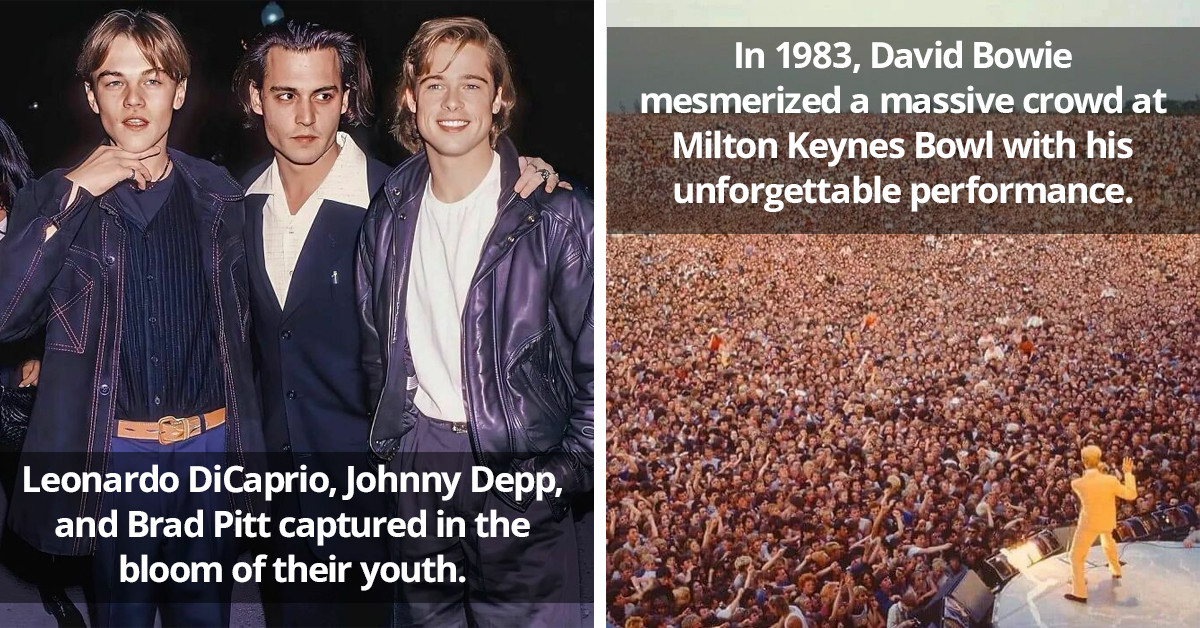
In the realm of photography, there exists a cherished aspiration among photographers—to capture an image so profound that it transcends time and resonates with future generations. The further one delves into the annals of history, the more evident it becomes that numerous extraordinary photographs have been taken, though many have yet to receive the recognition they truly deserve.
Bursting with character and rivaling—if not surpassing—the iconic images we encounter in textbooks and on the internet, these captivating snapshots eagerly await their moment in the spotlight.
Taking its name to heart, the 'Photos From History' Instagram page serves as a treasure trove of visually stunning pictures from bygone eras. Today, we have curated a selection of their top photographs to share with you, each one possessing the potential to revolutionize your perspective on history.
In our pursuit of further insight into the realm of high-quality photography, we had the privilege of engaging in a conversation with Dominic Sberna, a distinguished professional photographer hailing from Ohio. Together, we explored the evolving accessibility of photography throughout the ages and contemplated the potential impact of artificial intelligence on this art form in the future.
Join us on this incredible journey through history. Ready?
Here we go:
We love history.
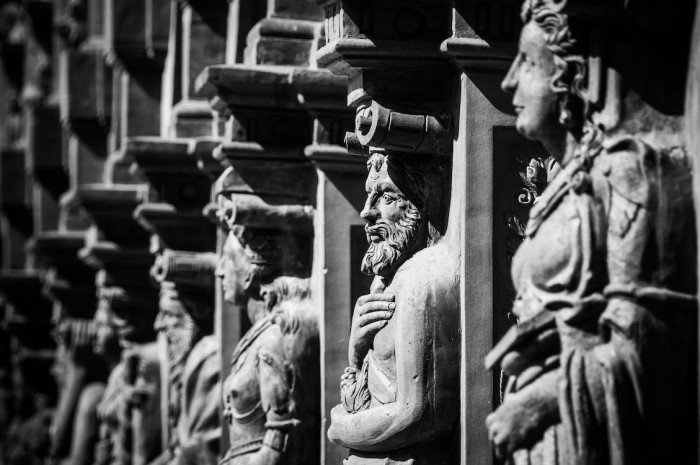 Pixabay
Pixabay1. In 1885, an ancient Maya statue was unearthed in the jungles of Honduras, unveiling a remarkable archaeological find
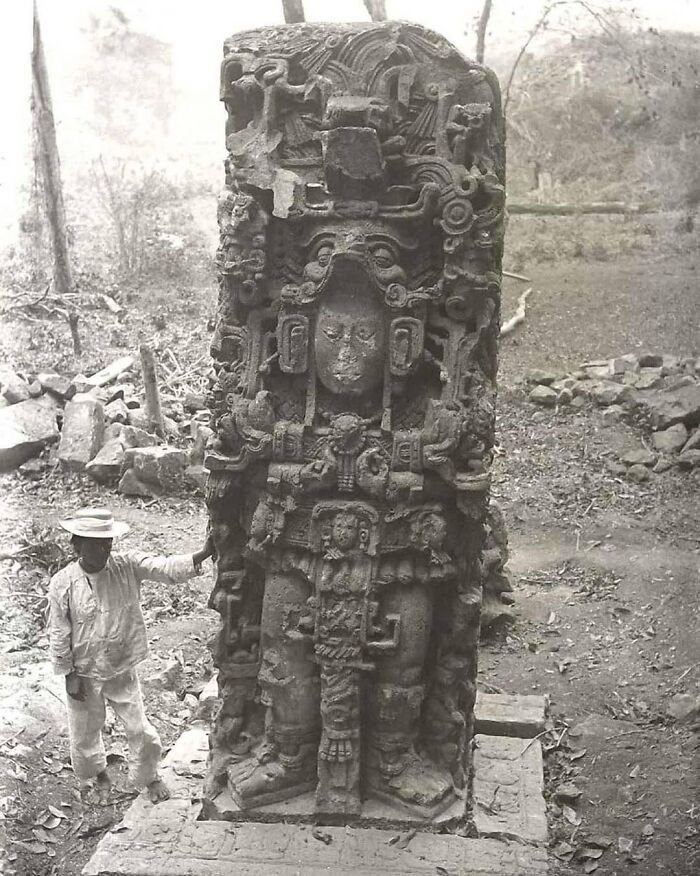 photos.from.history
photos.from.historyRenowned photographer Cartier-Bresson shared several insightful quotes, including the notion that the initial 10,000 photographs one take are their least impressive, highlighting the significance of practice and experience while also emphasizing that the quality of a picture is determined by the moment it is captured, suggesting a blend of objectivity within the realm of artistry.
According to this French maestro, photography entails aligning the head, eye, and heart, viewing the camera as an extension of his very being, an inseparable companion throughout his journeys.
Cartier-Bresson contended that the disparity between a remarkable photograph and a mediocre one lies in the minuscule variations measured in millimeters, recognizing the profound impact of these minute distinctions and pondering, "Perhaps it is that slight variance which truly matters."
2. On May 4, 1963, The Rolling Stones embarked on their inaugural photo shoot
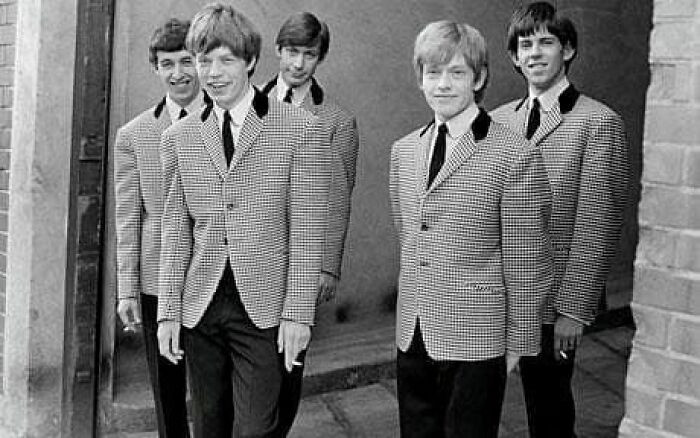 photos.from.history
photos.from.history3. Carolyn Jones, embodying Morticia Addams, sends her eerie greetings for a delightfully macabre weekend
 photos.from.history
photos.from.historyThe visionary behind the 'Photos From History' Instagram page has generously shared a staggering collection of over 2.7k photos throughout the years, captivating the attention of 1,430 followers at the time of writing. In the page's bio, the founder pays homage to the renowned French photographer Henri Cartier-Bresson, quoting his profound words: "It is an illusion that photos are made with the camera. They are made with the eye, heart, and head." This quote resonates deeply with us, as we share the belief that photography transcends mere technical proficiency and embodies the essence of Art, denoted by a capital 'A.'
4. Salvador Dali's "The Face of War" in 1941 captures the essence of conflict in a single striking image
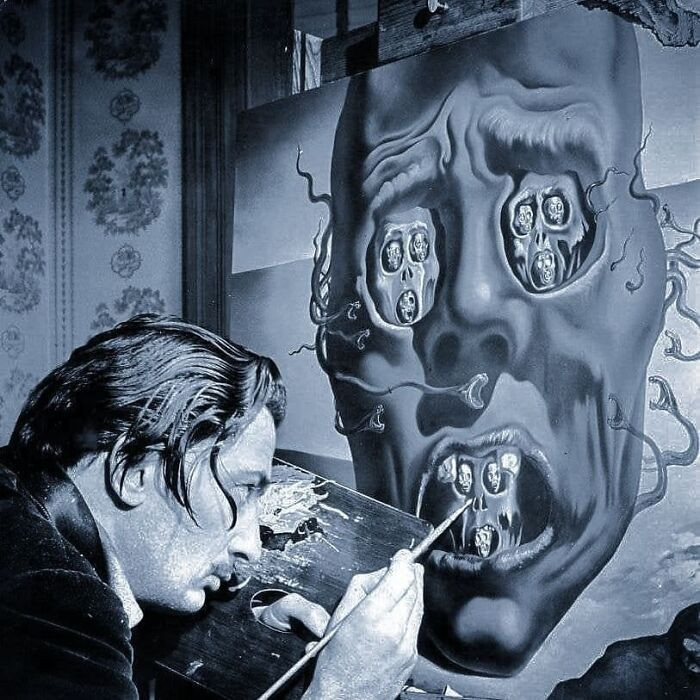 photos.from.history
photos.from.history5. After sinking less than a mile into its maiden voyage in 1628, the Swedish warship Vasa remained on the sea floor for 333 years before being recovered nearly intact
 photos.from.history
photos.from.history6. On Sunday, April 2, 1979, at Studio 54 in New York, ballet icon Rudolf Nureyev introduced nine-year-old actor Ricky Schroder to the joys of disco dancing
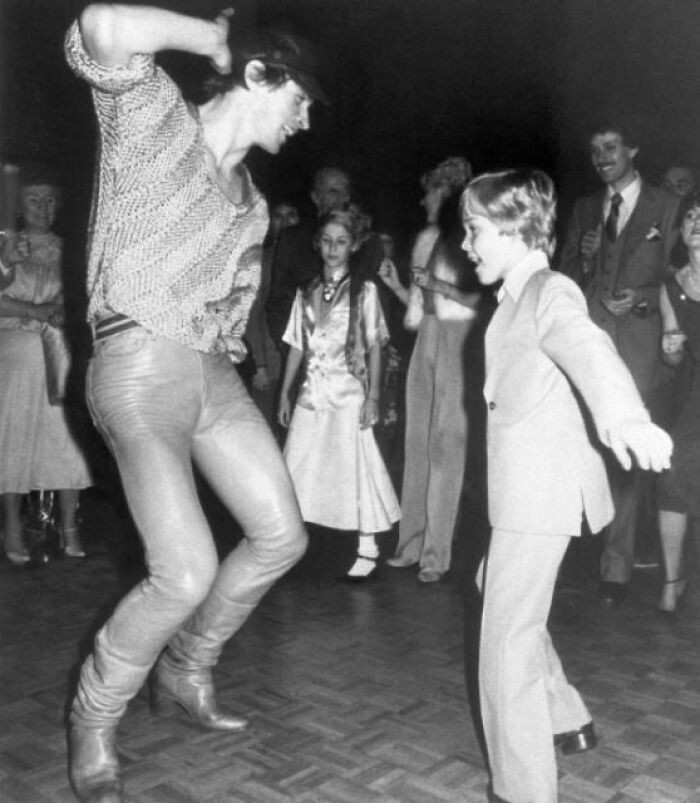 photos.from.history
photos.from.history7. In 1980, the punk legend Viv Albertine of The Slits delivers a memorable performance at London's Alexandra Palace
 photos.from.history
photos.from.history8. In 1965, a snapshot captured Nancy Sinatra alongside her father Frank Sinatra and family friend Yul Brynner at the Sands Hotel in Las Vegas
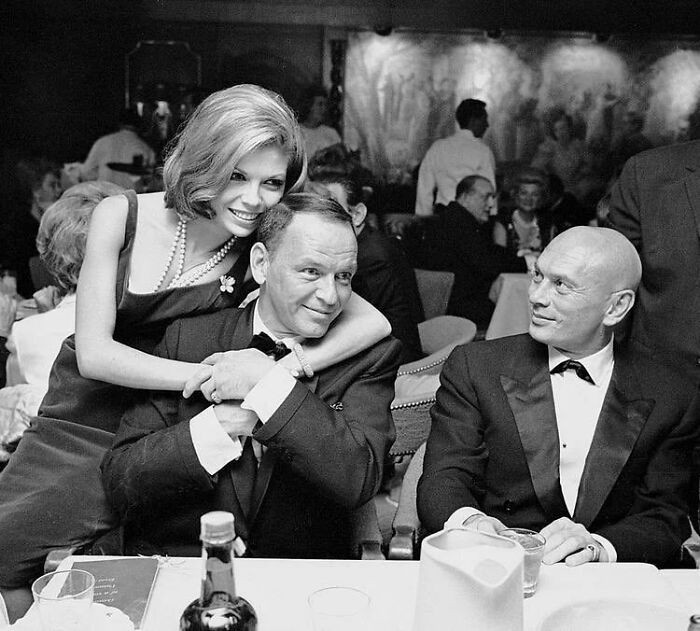 photos.from.history
photos.from.historyMUO suggests that one way to detect image alterations is by examining the edges, as jagged edges may indicate the use of photo-editing software, while overly smooth edges around objects like hair or fur can also be a telltale sign of manipulation; furthermore, scrutinizing details through zooming in can provide valuable insights, and it's important to watch out for reversed text in the pictures, as this is often overlooked by photo manipulators, and examining the shadows is crucial as well, as photoshopped shadows tend to appear flat or even completely absent.
9. In 1961, on the day the Berlin Wall was erected, an East German soldier provided assistance to a young boy in sneaking across the barrier
 photos.from.history
photos.from.history10. Leonardo DiCaprio, Johnny Depp, and Brad Pitt captured in the bloom of their youth
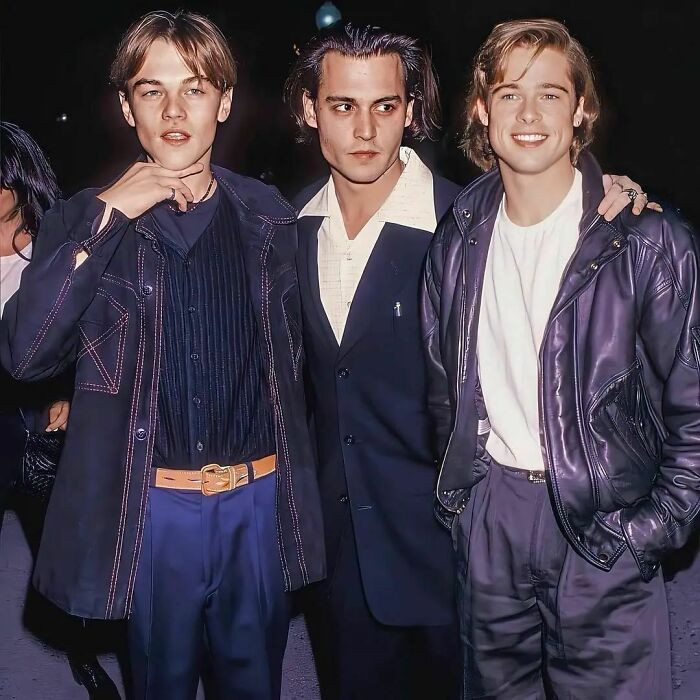 photos.from.history
photos.from.history11. On August 23, 1989, two million people joined hands to form a human chain spanning Latvia, Estonia, and Lithuania, symbolizing their collective yearning for independence from the Soviet Union.
 photos.from.history
photos.from.history
12. Thirty years ago, while camping, a family friend captured an intriguing photograph by sticking her camera outside her tent after hearing a mysterious noise
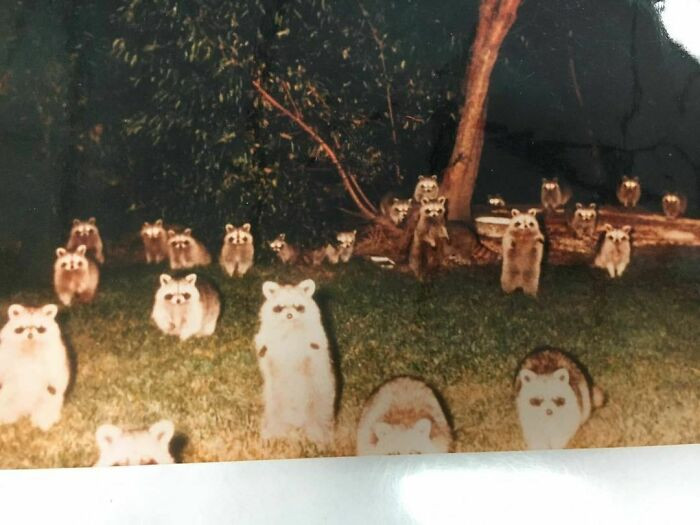 photos.from.history
photos.from.history
13. In 1942, a photo of a 19-year-old Ava Gardner was taken for her MGM employment questionnaire
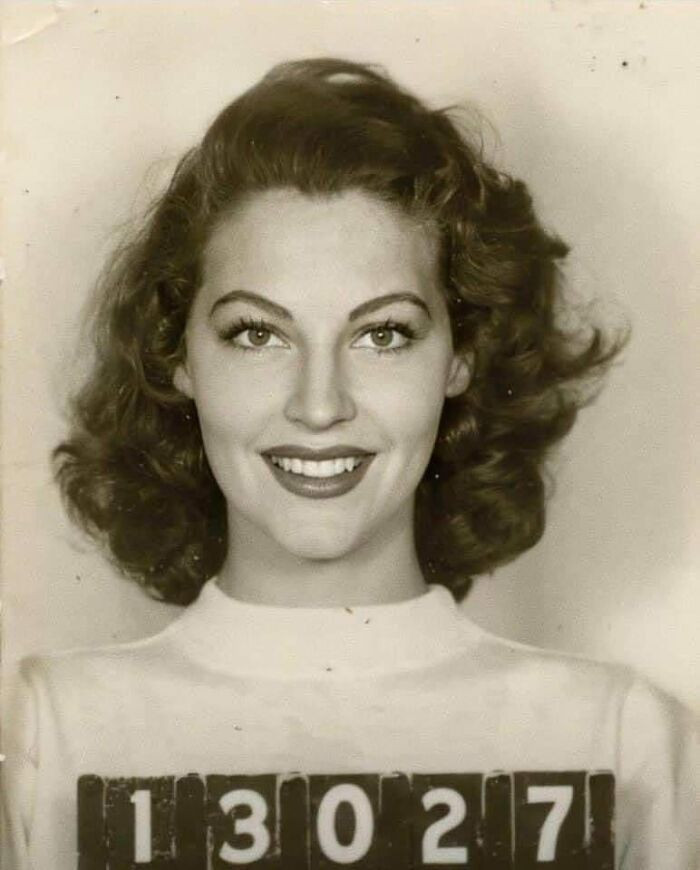 photos.from.history
photos.from.history
14. A mesmerized girl observes her father executing acrobatic maneuvers
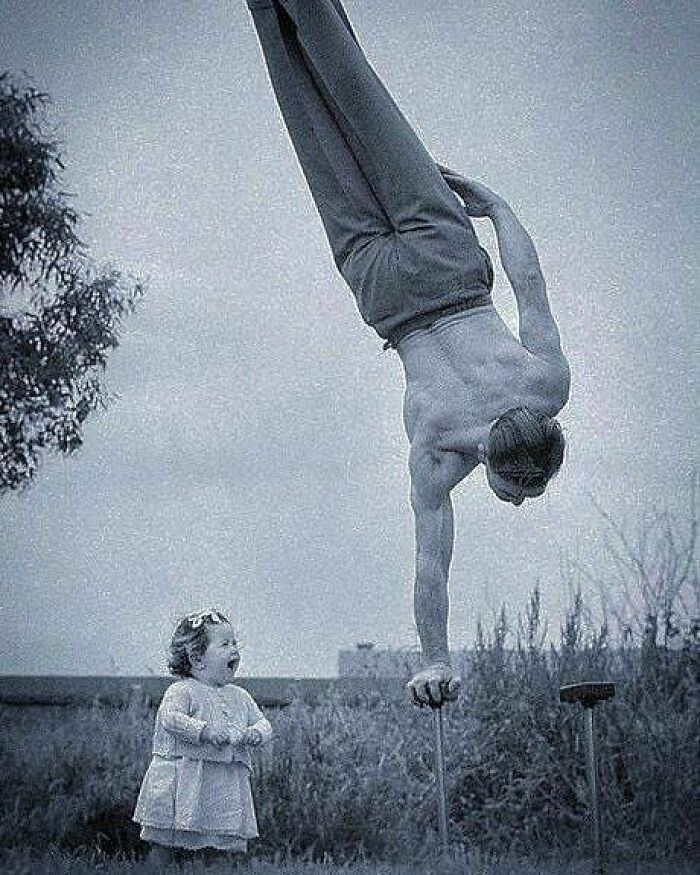 photos.from.history
photos.from.history
15. As of 2019, the couple featured on the Woodstock album cover has remained together for 50 years
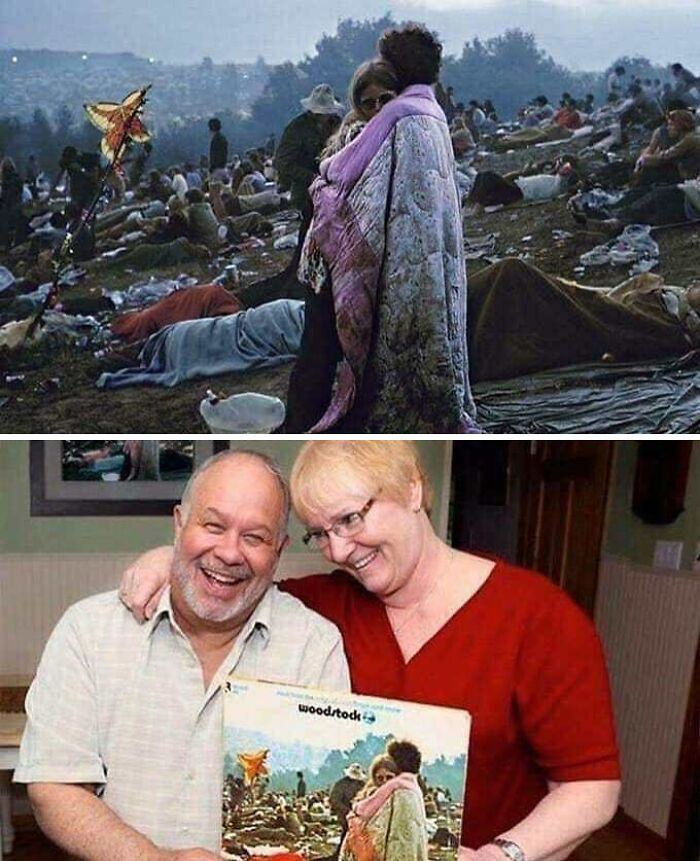 photos.from.history
photos.from.history
16. In 1956, Laurel & Hardy made their final public appearance together
 photos.from.history
photos.from.history
17. David Bowie and his wife Iman exemplify a captivating and iconic couple in the realm of music and fashion
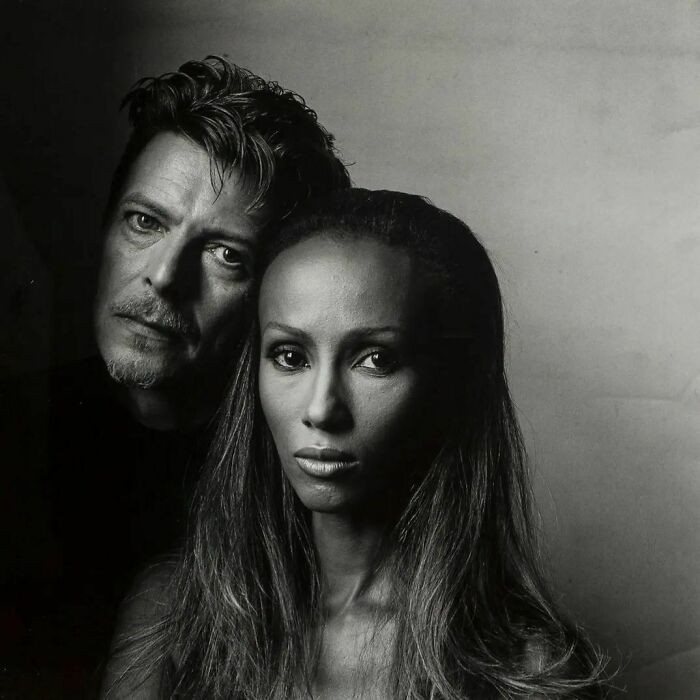 photos.from.history
photos.from.history
18. In 1971, ornithologist Jerry McGahan is captured holding a 6-month-old Andean Condor
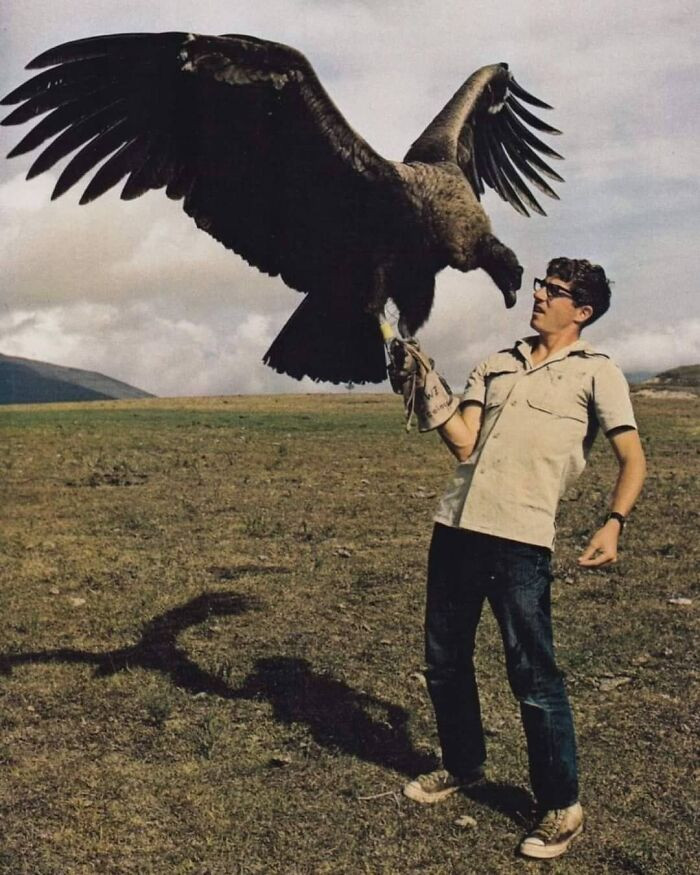 photos.from.history
photos.from.history
19. In a single Polaroid casting shot captured in 1995, Salma Hayek's timeless beauty and charisma shine through
 photos.from.history
photos.from.history
20. In 1983, Andy Fletcher of Depeche Mode was captured at the Hill 16 Pub in Dublin
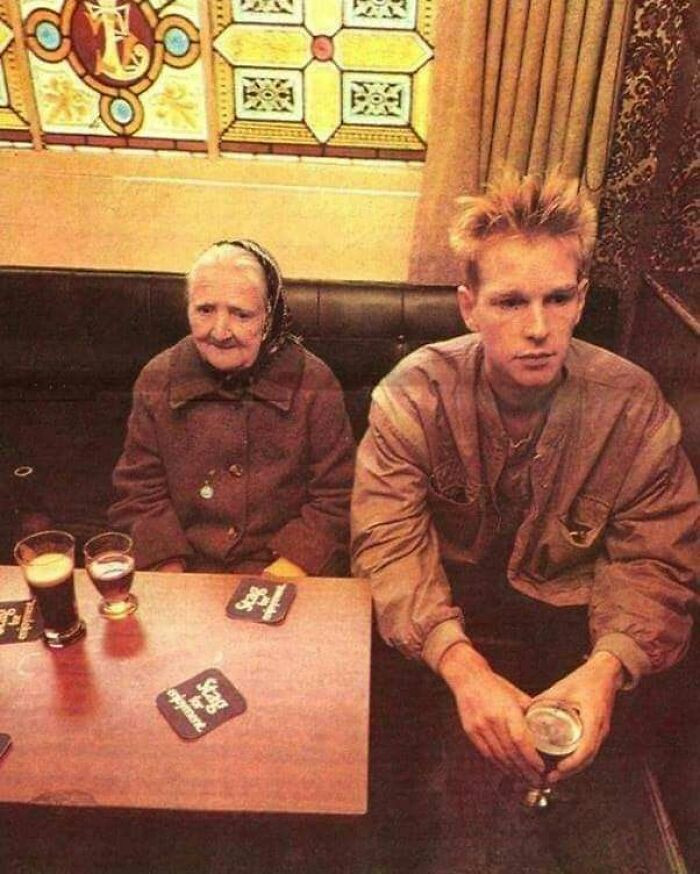 photos.from.history
photos.from.history
As you inspect the photo for any indications of tampering, pay attention to the continuity of the background surrounding the subject, as a noticeable alteration would manifest in curved lines where straight ones should be, such as bending around someone's biceps—an obvious sign of photo manipulation; however, historical photos possess an inherent allure as they frequently embody authenticity, occasionally enhanced with color adjustments to accentuate details, exuding a distinct character that offers us a renewed outlook on our textbook-acquired knowledge.
When asked about Henri Cartier-Bresson's quote regarding the significance of millimeters in distinguishing greatness from mediocrity in photography, professional photographer Dominic shared his perspective, stating that he agrees to some extent and interprets it as the importance of capturing small details in the best photos, acknowledging that individual perceptions of what constitutes a good photo may vary.
Dominic also noted that in terms of art and aesthetics, the distinction between greatness and mediocrity can indeed hinge on minute differences, emphasizing that Cartier-Bresson's viewpoint allows for diverse interpretations. Furthermore, inquiring about the evolution of standing out as a photographer compared to previous decades, Dominic, hailing from Ohio, highlighted the increased accessibility of the art form resulting in a plethora of content, while affirming that exceptional photographers will consistently distinguish themselves through the quality of their work.
21. In 1970, the construction of the Esso Hibernia tanker took place in Wallsend, England
 photos.from.history
photos.from.history
22. In 1991, Laura Levine captured an iconic image of Björk
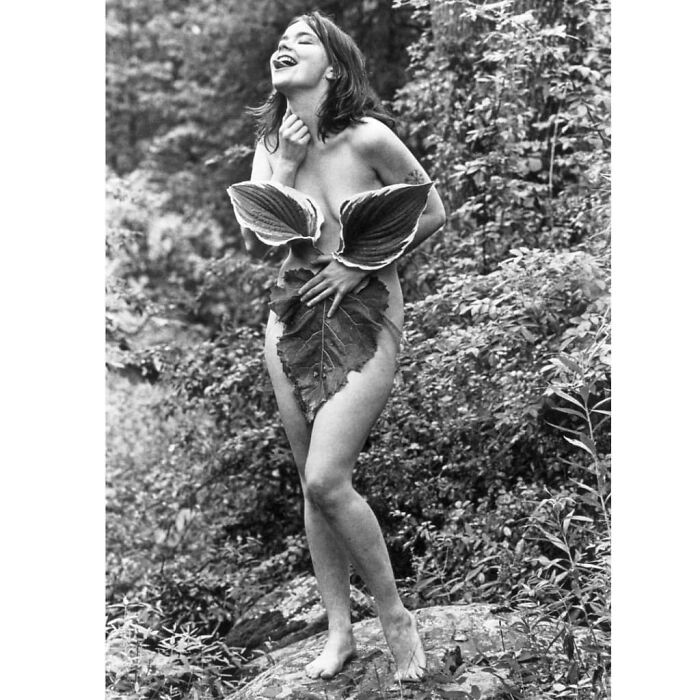 photos.from.history
photos.from.history
According to the expert, the abundance of photographs online today may lead to oversaturation, but those who excel in their craft will still stand out, as some images possess a unique allure that may not be immediately comprehensible; moreover, when asked about the potential impact of AI on photography,
Dominic expressed that AI could evolve into a distinct art form, potentially revitalizing photography as an art form rather than a taken-for-granted medium, although he also voiced concerns about AI-generated images blurring the lines between reality and manipulation, citing an example where he mistook an AI-generated political image for a staged photograph, highlighting the spread of misinformation through such generated visuals as a worrisome prospect, yet he reassured photographers that, apart from this aspect, there is no need to fear AI.
23. In 1977, in Cleveland, Ohio, a bank robber defiantly fired his pistol at the surveillance camera
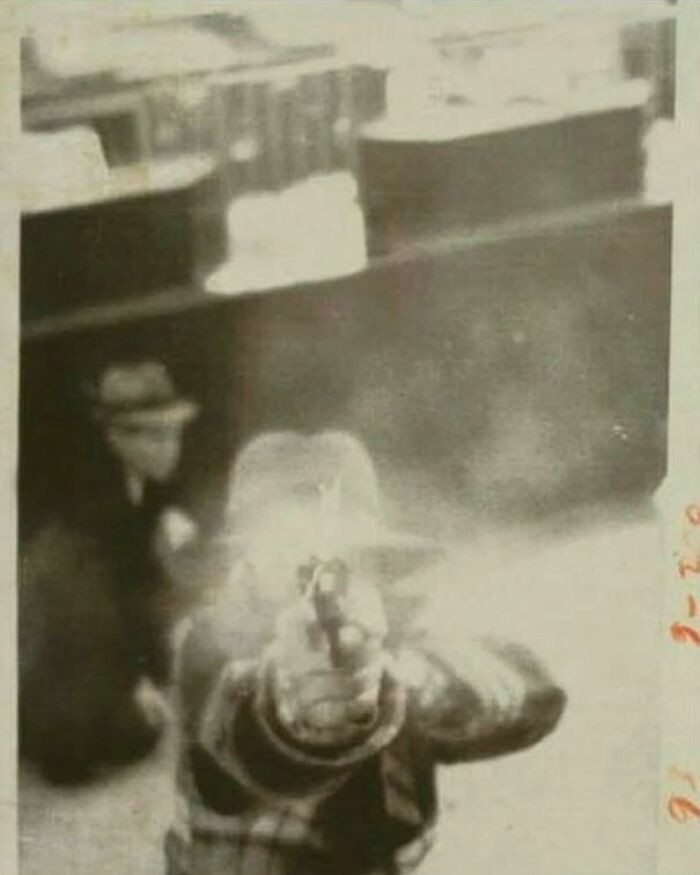 photos.from.history
photos.from.history
24. Cornwall, England, the statue of King Arthur stands proudly on the cliffs of Tintagel, gazing out over the vast expanse of the Atlantic Ocean
 photos.from.history
photos.from.history
25. The Pink Floyd concert held in Venice in 1989 was a remarkable event
 photos.from.history
photos.from.history
26. Audrey Tautou captured on the set of "Amélie" in 2001.
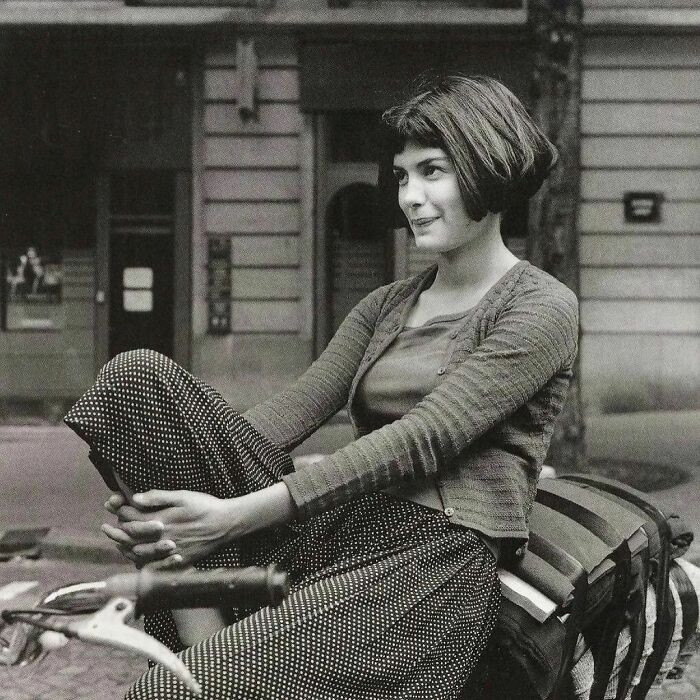 photos.from.history
photos.from.history
27. In 1995, as the Croatian War of Independence neared its end, Croatians Ira and Marijan shared a poignant kiss
 photos.from.history
photos.from.history
28. Harvey Ball, the creator of the iconic smiley face in the 1960s, is a notable figure
 photos.from.history
photos.from.history
29. During a live performance in Cincinnati in 1970, Iggy Pop was elevated by the crowd in a messianic pose
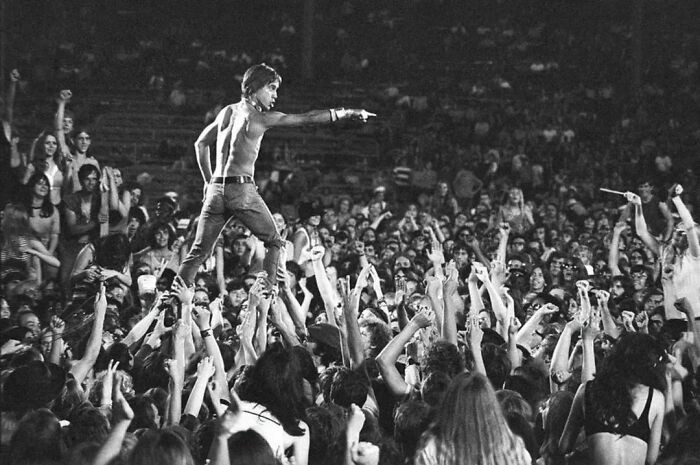 photos.from.history
photos.from.history
30. Sigourney Weaver and Rick Moranis captured on the set of the inaugural Ghostbusters film in 1984.
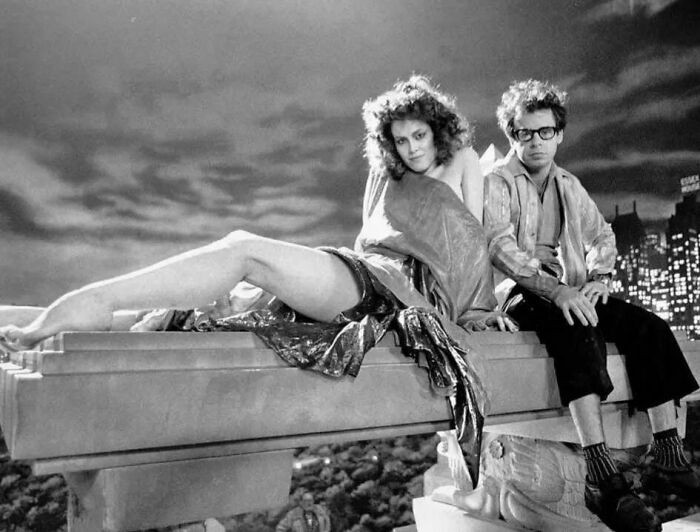 photos.from.history
photos.from.history
31. In 1945, Ukrainian refugees sought solace in Germany amidst the aftermath of war
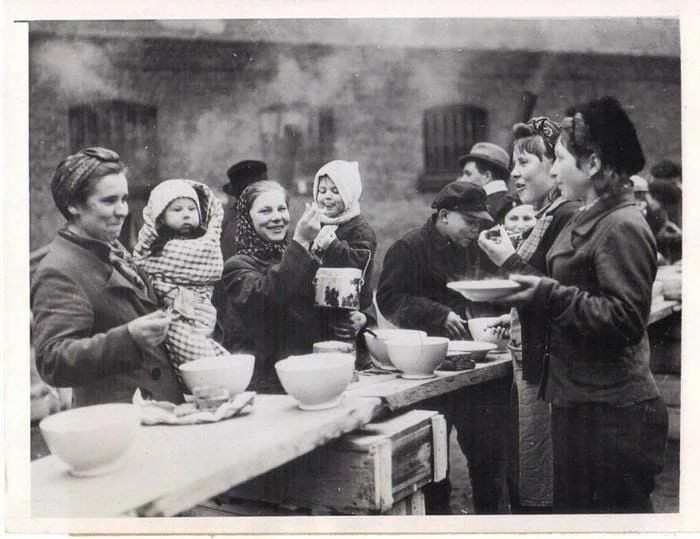 photos.from.history
photos.from.history
32. In 1983, David Bowie mesmerized a massive crowd at Milton Keynes Bowl with his unforgettable performance
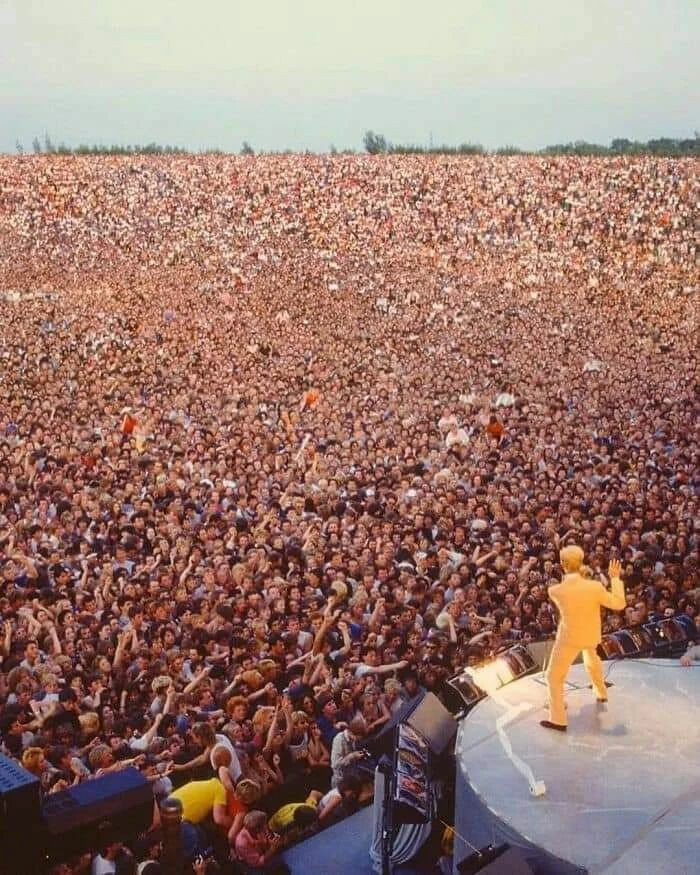 photos.from.history
photos.from.history
33. In 1969, Cecil Beaton captured a timeless image of Barbra Streisand.
 photos.from.history
photos.from.history
34. 1967., Helen Mirren
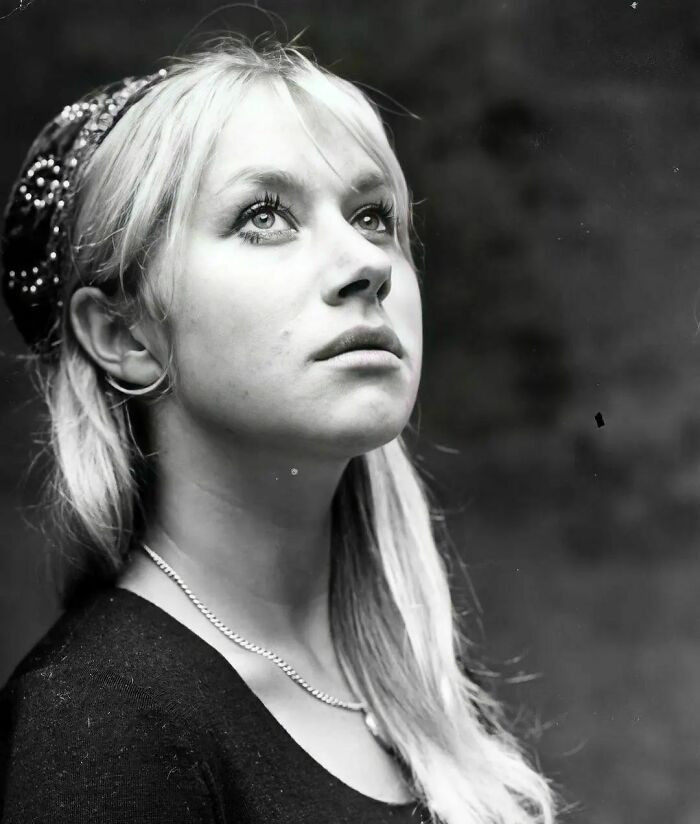 photos.from.history
photos.from.history
35. In 1963, Jacques Cousteau and his crew find relaxation in a submersible following their work during the Conshelf Two expedition
 photos.from.history
photos.from.history
As technology advances and AI becomes more prominent, the line between reality and manipulation grows blurrier, fueled by the widespread use of photo-editing tools and filters on social media, leading to concerns about identifying genuine images amidst a sea of visually enhanced content.
36. August 19, 1996, at the Brookfield Zoo in Illinois, a female gorilla named Binti Jua gained global attention by cradling a 3-year-old boy who had fallen approximately 20 feet into her enclosure after he had wandered away from his mother and breached a barrier at the Western Lowland Gorilla pit
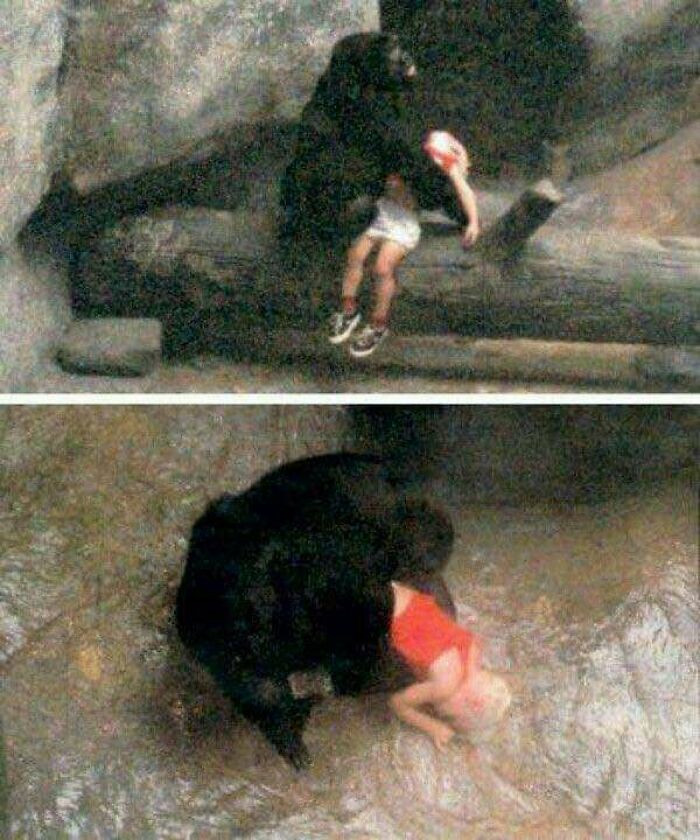 photos.from.history
photos.from.history
37. The iconic image of Grace Jones captured by Jean-Paul Goude in 1981 continues to captivate and inspire
 photos.from.history
photos.from.history
The journey through these captivating historical photographs has provided a fresh perspective on the past, showcasing the power and beauty of images that have often remained hidden in the shadows. As we explore these glimpses into history, we are reminded of the profound impact that photography can have, transcending time and offering a new lens through which we can understand and appreciate our shared human experience.
Through the lens of the 'Photos From History' Instagram page and the expert insights of professional photographer Dominic Sberna, we have witnessed the transformative potential of images, inviting us to view history in a more nuanced and thought-provoking way.
38. In 1989, a poignant moment unfolded as a young couple shared a kiss just prior to the historic collapse of the Berlin Wall
 photos.from.history
photos.from.history
39. Anthony Bourdain described Dublin as a city that, if you possess even a shred of heart, soul, appreciation for humanity, affinity for literature, or a fondness for well-crafted drinks, is impossible to resist falling in love with
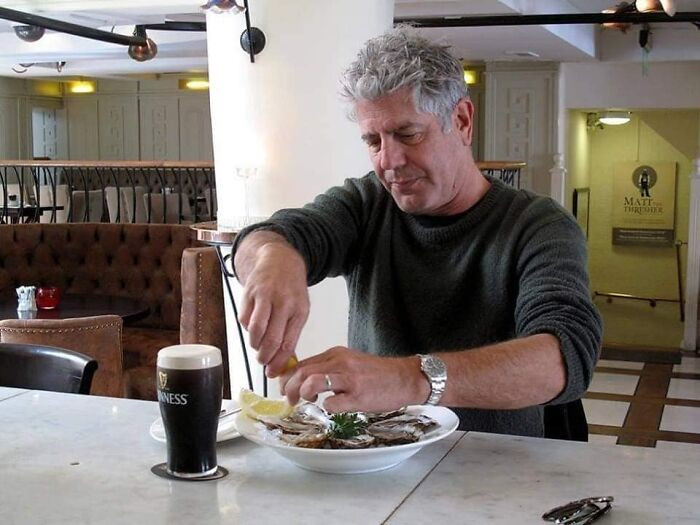 photos.from.history
photos.from.history
40. In Gaziantep Province, Turkey, archaeologists unearthed 2,200-year-old mosaics in the ancient Greek city of Zeugma
 photos.from.history
photos.from.history
Reflecting on the evolution of photography, the photographer highlighted how the accessibility of cameras, once a privilege of the wealthy, has now become ubiquitous, offering both a dilution of the art form and an expanded platform for diverse artists, explaining that while not everyone with a camera is an artist, it does empower more individuals, including himself, with the ability to express their artistic vision, as he personally embarked on his photographic journey with a 1.3-megapixel cellphone camera as a teenager, initially capturing moments of his friends skateboarding, which ultimately transformed into a profound passion.
Damjan







